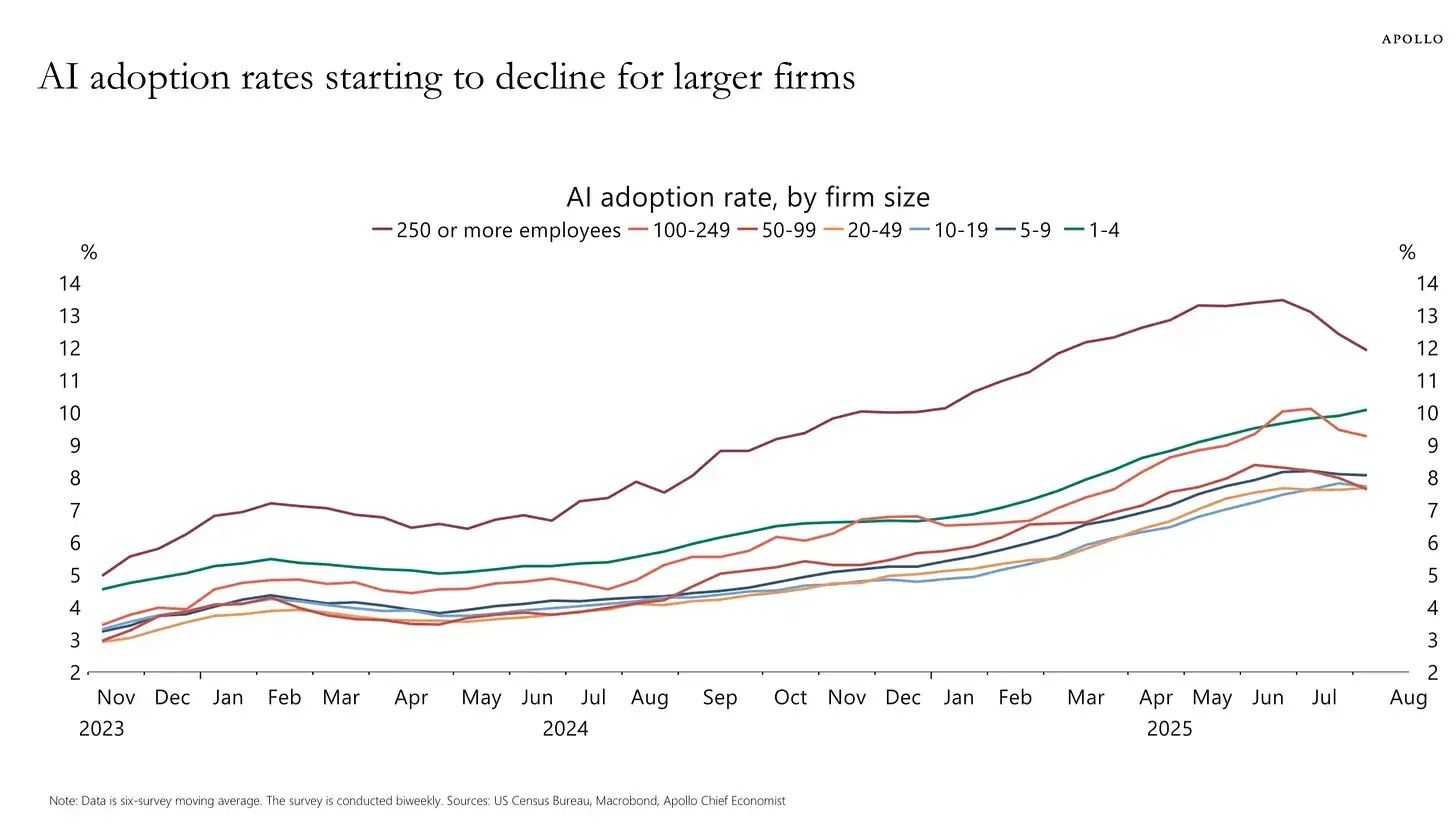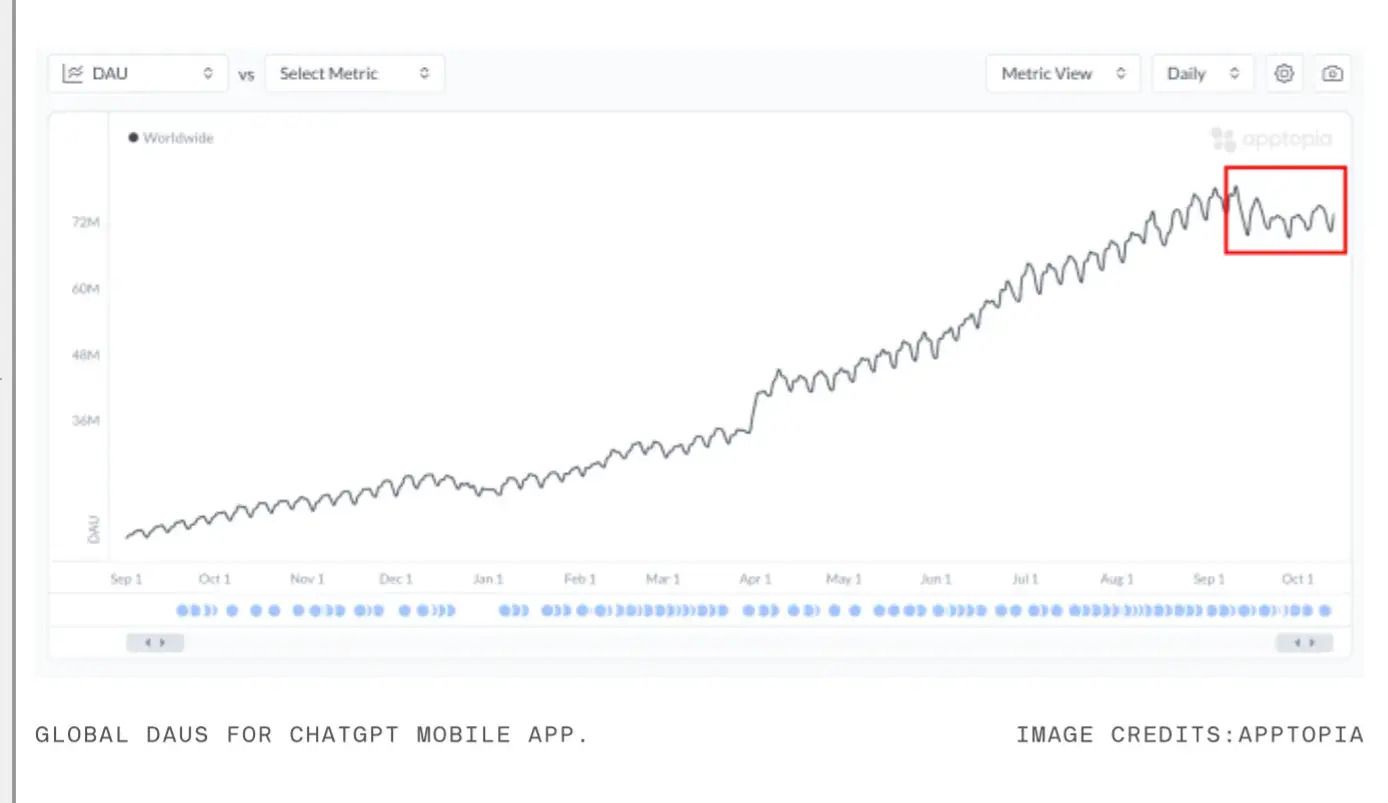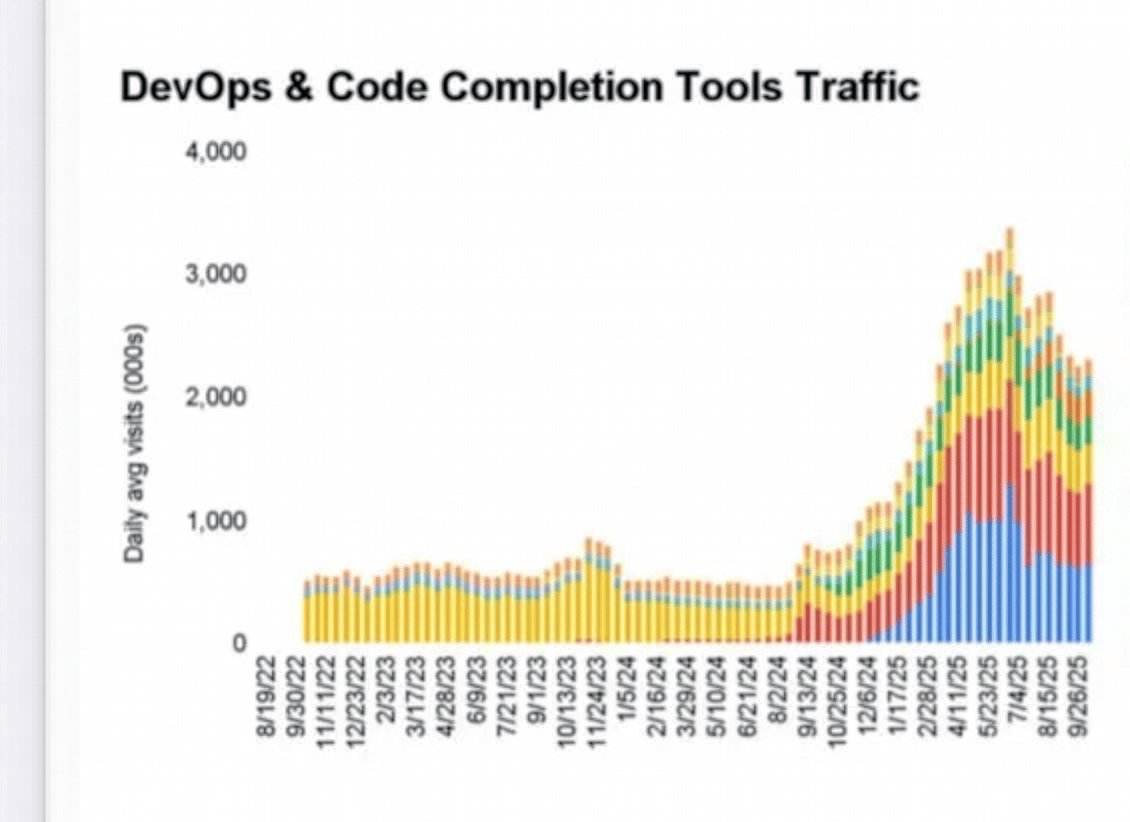- AutoGPT Newsletter
- Posts
- Is GenAI About To Die?
Is GenAI About To Die?

Hey, Joey here.
This week I made a video to see if the Atlas browser could just do everything for me… I’ll let you see the results.
I also wanted to show you the other side of the AI space you don’t hear about as much in this deep dive.
Here is what’s in store:
📌 Resource: Is China killing the AI race?
📌 Video: Can OpenAI Atlas Actually Do My Work?
📌 Deep Dive: Is GenAI About To Die?
Let’s dive in 👇
WEEKLY PICKS
🗞️ Quick Reads:
The glaring security risks with AI browser agents (TechCrunch)
Could China devastate the US through AI? (Article)

DEEP DIVE
Is GenAI About To Die?
Right now, there are two camps in AI land.
Camp #1: the loud crowd who thinks AI is already replacing jobs and we’re a few months away from Skynet.
Camp #2: the quieter realists who keep saying: “LLMs are cool but not close to AGI, chill out.”
For a while, Camp #2 got labeled as party poopers.
But lately, the mood’s shifting. And their “boring” take is suddenly starting to sound like common sense.
Let’s unpack why and how the data backs it up.
Richard Sutton & Andrej Karpathy
A big turning point came when Richard Sutton, the guy behind The Bitter Lesson, went on record with a pretty blunt reality check.
Here’s his main point:
LLMs are sophisticated parrots, they predict text patterns; they don’t understand or reason about the world.
Real intelligence, he says, comes from goal-driven agents that learn through experience (see → act → get feedback).
He believes the future lies in systems that combine policy, value, perception, and world models, learning continually on the job — not in one big static training run.
Then came Andrej Karpathy, who basically doubled down on that skepticism in his own interview.

His take:
Today’s “AI agents” are mostly hype: they look cool in demos, but fall apart when you expect consistency or autonomy.
He even called the current results “slop.”
We’re likely a decade away from true agentic systems that can reason, act, and adapt across modalities.
So you’ve got two of the smartest people in AI — both saying, in different ways — “This isn’t it yet.”
Data That Backs It Up
If Sutton and Karpathy lit the spark, Gary Marcus has been fanning the flames with hard data.
He’s been collecting numbers that tell a pretty uncomfortable story about where GenAI is heading.
AI adoption among firms is dropping
Marcus dug through multiple surveys showing that, across company sizes, AI adoption has actually declined over the past few months.

That’s not something we’ve seen since ChatGPT launched.
At first glance, it might look like fatigue, but dig deeper and it’s more like a collective “wait a second.”
Companies rushed in with pilot projects, promised executives 10x productivity… and then ran into a wall: hallucinations, security issues, compliance red tape, and tools that don’t scale beyond demos.
So instead of “AI replacing jobs,” we’re seeing “AI struggling to get approved by middle management.”
ChatGPT’s growth is slowing — for the first time ever
Even OpenAI’s crown jewel is feeling it.
The ChatGPT mobile app’s downloads have dipped for the first time in its history.

That’s wild, because we’re still in what should be the steep part of the S-curve.
It suggests we might’ve already hit the casual user saturation point — the folks who were going to try it out have tried it, and realized this is useful for some tasks but not life-changing.
We’re entering the post-honeymoon phase: fewer new users, more serious use cases needed.
“Vibe coding” is running out of vibes
The same slowdown shows up in the builder ecosystem.
Marcus highlighted the steady decline in the “vibe coding” trend — all those low-code projects built entirely with no-code builders like Lovable.

Earlier this year, people were shipping supposedly “production-ready” SaaS products in a weekend and bragging about it on X.
Now, most of those projects are abandoned or inactive.
The hype couldn’t outrun the reality that these tools are just not ready to be launched to market without some real developer work on it;
The lesson: it’s one thing to generate an MVP, it’s another to build a business.
What This Means
Here’s the truth:
We’ve hit the ceiling of what this version of GenAI can do.
LLMs are great at pattern-matching — predicting the next word, not understanding the world.
Until then, GenAI will stay what it is: a clever tool, not a co-worker.
If you run a business, this is the time to get practical.
Stop trying to reinvent your company around AI.
Start using it to remove friction in what already works.
Use it to speed up the boring stuff: drafting proposals, cleaning data, writing reports, answering FAQs.
Don’t chase “AI magic.”
Use it like leverage: something that makes your existing process faster, cleaner, and easier to run.

THAT‘S A WRAP
Before you go: Here’s how I can help
1) Sponsor Us — Reach 250,000+ AI enthusiasts, developers, and entrepreneurs monthly. Let’s collaborate →
2) The AI Content Machine Challenge — Join our 28-Day Generative AI Mastery Course. Master ChatGPT, Midjourney, and more with 5-minute daily challenges. Start creating 10x faster →
See you next week,
— Joey Mazars, Online Education & AI Expert 🥐
PS: Forward this to a friend who’s curious about AI. They’ll thank you (and so will I).
What'd you think of today's email? |

Reply